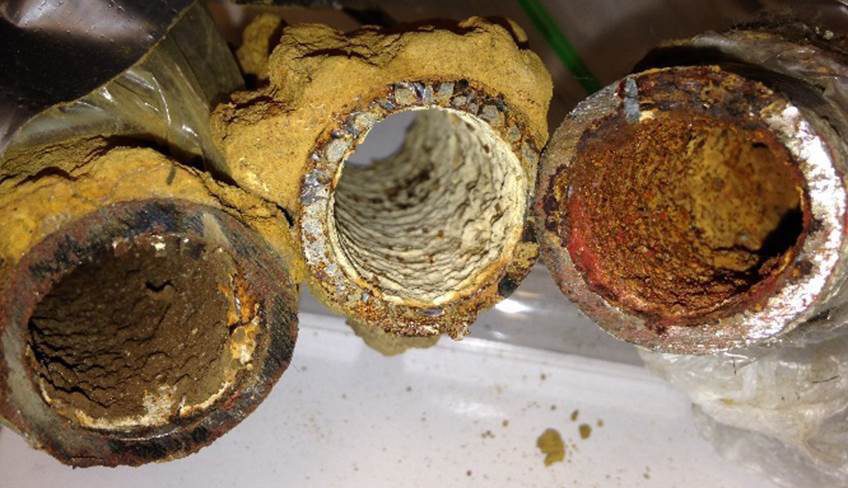On November 5th, 2021, Congress approved a bipartisan infrastructure bill that allocates $15 billion for lead pipe remediation, $10 billion to remove contaminants in drinking water, and more than $20 billion for projects that address broader drinking water and wastewater needs. An additional $970 million for rural water and wastewater programs and $9 billion for a lead reduction in disadvantaged communities are a part of the pending reconciliation spending bill still to be approved.
In addition to allocating funds to improving water infrastructure, the $1 trillion infrastructure bill funnels billions to states and local governments to upgrade outdated roads, bridges, transit systems, and more. For example, $3.3 billion goes to the forest service to reduce the effects of forest fires, $73 billion goes to modernizing the nation’s electricity grid to allow it to carry renewable energy, and $65 billion goes to connecting hard-to-reach rural communities and low-income city neighborhoods to high-speed internet.
State of U.S. Lead Pipes
While this bill is a massive step forward for fixing water infrastructure, specifically lead pipes, many experts believe that it is not enough. Some say that the actual cost of fully replacing lead pipes could be up to $60 billion. Lead pipes remain a major issue in the United States—an estimated 15 million to 22 million Americans still drink water that entered their home through a lead pipe, with a range of 9.7 million to 12.8 million pipes that are, or may be, lead.
Congress banned the installation of lead pipes in 1986, but they allowed the ones already in use to remain in the ground. Today, utilities often rely on the U.S. Environmental Protection Agency’s (EPA) tests and treatments to mitigate lead instead of replacing the pipes.
For the treatments, the EPA issued the Lead and Copper Rule in 1991 to set health standards for lead and copper in drinking water. Under this rule, city utilities should add chemical treatments to their water that coat the inside of lead pipes to create a barrier and seal off the lead from the water.

Photo Credit: Smithsonian Magazine
Even when they’re done correctly, the coatings can quickly break down if the chemical balance is disturbed, and some lead can still get into the water. In Flint, Michigan, all it took for the protective minerals to dissipate was switching Flint’s drinking water source from Lake Huron to the more polluted Flint River. In other cases, shaking caused by nearby construction can temporarily shake loose protective coatings inside lead water pipes and cause lead levels to spike thousands of times higher than the EPA’s required levels.
As for the EPA’s tests, data from Chicago and Michigan reveal that many people may be consuming higher levels of lead than the EPA testing method can detect. Michigan and Chicago’s utilities are no different than any other, they just conducted more rigorous testing than the EPA requires. If other cities did the same, they would likely find similar levels of lead.
While lead-contaminated water can affect all populations, it hits low-income and minority communities the hardest. Many of these communities are located in older, more industrialized areas of a city, and residents are less likely to have the financial resources or political pull to get lead pipes removed. The pending $9 billion for a lead reduction in disadvantaged communities would be a start to ameliorating this issue in these communities.
State of U.S. Water Infrastructure
The state of water infrastructure as a whole in America is as dismal as the state of lead pipes. There is a water main break every two minutes, with an estimated 6 billion gallons of treated water lost each day in the U.S. That’s enough to fill over 9,000 swimming pools each day.
And when natural disasters occur, many water pipes in the U.S. break. For example, when Hurricane Ida came ashore on August 29, 2021, the Category 4 storm ravaged Louisiana’s underfunded and neglected network of underground water pipes. According to the Louisiana Department of Health, 191 water systems experienced water outages due to severed pipes, broken treatment units, and/or power outages; some systems took up to three months to work again.

Photo Credit: U.S. Pipe
Many towns have taken actions to prevent further water main damage from natural disasters and aging pipes by switching their pipe system to ductile iron pipes. These pipes are more durable, more resistant to corrosion, and last much longer than other pipes. They are also much more reliable in natural disasters. With this newly approved infrastructure bill, we could see more towns and cities switch from lead pipes to ductile iron pipes to improve their water.
To watch ductile iron pipe be made and installed, stream Tomorrow’s World Today’s presentation of “Pipe Dreams” on SCIGo and Discovery GO!




